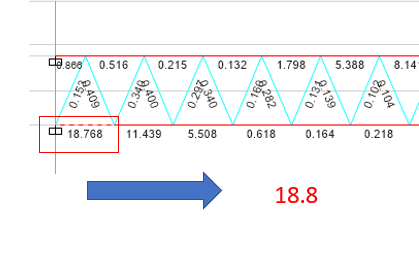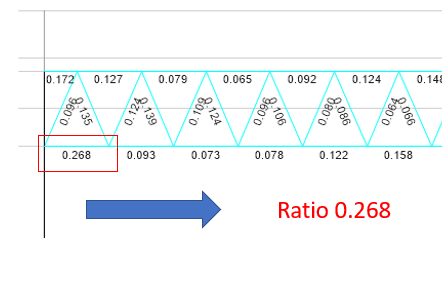Nadifa
Structural
- Jun 5, 2022
- 4
Hello everyone! anyone know why is it happen like this? the only difference between two models is only the joint type. First model, I assign joint restraint with no movement allowed at all (as you can see below) and the second model I assign column (the real condition at the site). Which one the result of design is true?


for more information and result, the file is attached.
I really hope I could find an answer through this forum. Thank you!


for more information and result, the file is attached.
I really hope I could find an answer through this forum. Thank you!
